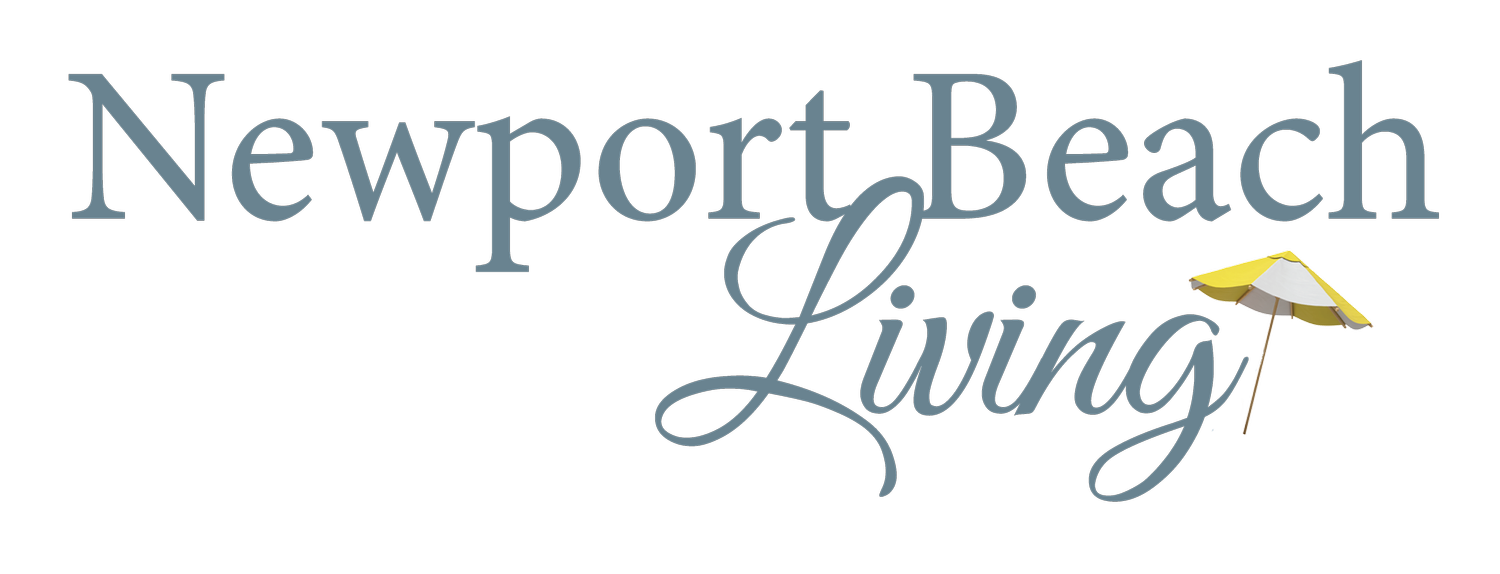How David Slayed Goliath and Saved Upper Newport Bay
By: William Lobdell
In the early 1960s, the Irvine Company received the green light from the County of Orange to develop nearly 75% of Upper Newport Bay. The ambitious plans called for a sprawling marina with hundreds of boat slips, bayfront homes, swimming beaches, four parks, businesses, a water skiing basin and rowing venue. At the time, the public viewed the bay as undesirable swamplands, so nearly everyone believed an upscale development in Upper Newport Bay would be a vast improvement.
But then came the butterfly effect, sparked by the small act of an Irvine Company security guard kicking a young boy named Jay Robinson off of North Star Beach (now home of the Newport Aquatic Center). Until the Irvine Company’s crackdown, the beach had been an aquatic playground for neighborhood kids. But with development on the way, the Irvine Company turned the shoreline private.
This no-trespassing policy didn’t sit well with Fran and Frank Robinson, an unassuming couple who had moved to Newport Beach a year earlier in 1962 and whose boy could no longer play on North Star Beach. The Robinsons decided to fight the Irvine Company, along with city, county and state governments, to get the tidelands of Upper Newport Bay declared public open space.
It hardly seemed like a fair fight. The Robinsons were new to Newport, had never waded into the choppy waters of local, state and federal politics, and had no clue about tidelands zoning laws. Undaunted, the couple entered the battle with no allies or money to help their fledgling cause. In the meantime, dredging of the bay had begun for the marina. Time was running out.
To make matters worse, the Robinsons faced a nearly undefeatable opponent, the mighty Irvine Company. One of the largest land developments in the country, the Irvine Company had powerful political allies, sophisticated strategists, deep pockets, an approved development that–by one estimate–would generate more than $150 million in profits, and a long-term horizon that allowed it the luxury of simply outlasting opponents.
Initially, the Irvine Company didn't take the Robinsons seriously, but some company officials eventually became worried enough that they tried to entice the couple to back down by offering them two bayfront lots for the discounted price of $7,500 each. But their proposal didn't factor in two things. One, the Robinsons didn't have a spare $15,000. And two, buying private property near the shoreline would create a private beach, which was exactly the opposite of what the principled couple’s whole fight was about.
So, Fran and Frank forged ahead. Frank had the mind of an aerospace engineer (which he was), the tenacity of a pitbull, and the humble demeanor of a gentleman (which he also was). He quickly dove into government documents, tax records, historical photographs, and federal and state tidelands law to figure out how to use existing laws to stop the project.
Fran, who had the same quiet humility and intelligence as her husband, soon found she had a knack for rallying the community through her writing (much of which were in the form of letters to the editor of the Daily Pilot newspaper). She also began circulating a petition in her neighborhood and quickly gathered 200 signatures.
In doing all of this, Fran stoked the flames of a save-the-bay movement that quickly grew hot enough to force vote-sensitive politicians to join in the fight. Within two years, the Newport Beach City Council reversed course and opposed the development. Candidates wanting to get elected to the county Board of Supervisors needed to endorse saving Upper Newport Bay to have the best chance at getting elected. Soon, the entire five-person board opposed the Irvine Company’s development, a remarkable 180.
The swaying of public opinion turned out to be much easier than the legal fight, which lasted more than a decade. To gain control of the land surrounding Upper Newport Bay, the Irvine Company had swapped land with the county, over which it had considerable influence. The deal was this: the development company would give the county 450 acres of inland property on the Irvine Ranch in exchange for 157 acres on Upper Newport Bay.
To unwind the sweetheart deal, the Upper Newport Bay land would need to be classified as tidelands (not swamplands), which would make it public property. After 10 years of litigation, the courts determined the land to be tidelands and ordered it to be returned to the public.
It’s important to note that during this battle for the bay, leadership changed at the Irvine Company, and the new regime–more sensitive to public opinion and long-term relationships with residents–wanted peace in Newport Beach, so they ended up working with the activists, politicians and even the courts to find an acceptable solution for everyone.
In the end, David beat Goliath in one of the most consequential battles in Newport Beach history. Without the Robinsons, Newport Beach would be without its Central Park, and one of the few remaining saltwater estuaries on the California coast would have been destroyed.
All of us who use Upper Newport Bay to hike, bike, run, kayak, and birdwatch owe a 157-acre debt of gratitude to the Robinsons – and perhaps to the Irvine Company for fencing off North Star Beach and unleashing a butterfly.
William Lobdell is an award-winning journalist and host of the local history podcast, “Newport Beach in the Rearview Mirror,” which can be found on Apple Podcasts and Spotify. Subscribe to follow along as he shares some of the most fascinating stories about our beloved town. You can also follow him on Instagram @newport_in_the_rearview_mirror.


